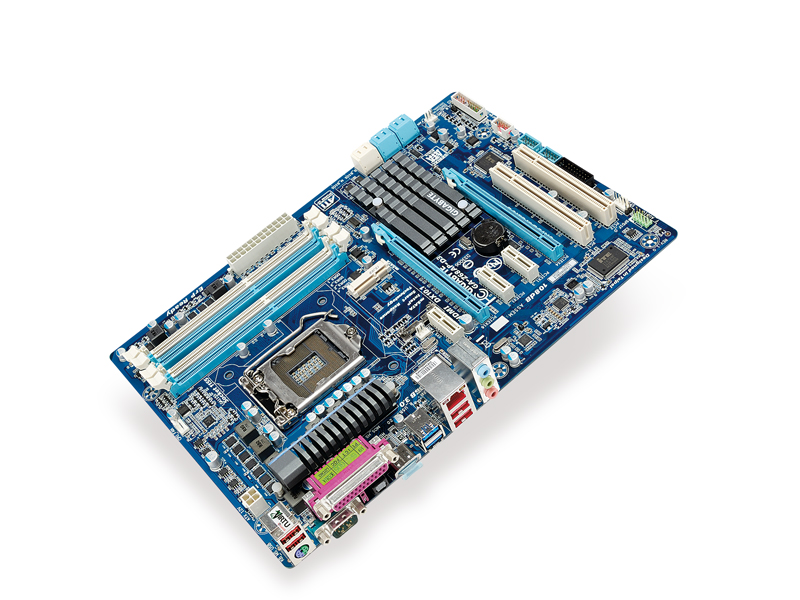TechRadar Verdict
Pros
- +
Bargain price
- +
Decent feature set
- +
Will still overclock
Cons
- -
Few I/O options
Why you can trust TechRadar
The Z68 platform has seen a lot of love from Gigabyte since it came about, and the Z68AP-D3 has to be one of the cheapest Z68 boards we've ever seen. But does that also mean it's one of the weakest?
Since the farce that accompanied the launch and subsequent silicon failure of the initial P67 platform, Gigabyte effectively ditched that chipset in favour of the Z68. When it made the announcement it would only be releasing a handful of P67 boards and focusing on the Z68 platform we thought maybe the low-end might suffer.
Gigabyte explained to us though that the cost difference between creating a P67 or Z68 board were negligible. With such budget Z68 boards arriving, like this one, that strategy looks to be working.
There's little missing from this budget board, but it still comes with Z68 specifics such as the Lucid Virtu and Smart Response Technology (SRT), as well as onboard video outputs.
Wallet friendly
This isn't the cheapest Z68 motherboard that Gigabyte has created, there are other boards out for just over £70, but the Z68AP-D3 doesn't skimp on the features that make the Z68 chipset attractive.
It comes with a single onboard HDMI port, but that does mean it can be used without needing to plug in a discrete GPU. And that makes it pretty much ideal for the market this board seems to be aimed at.
The Z68AP-D3 actually looks like it may be targeting the small business market not the budget gamer. I say that because of the Trusted Platform Module (TPM) that caters for the security-conscious network admins, but also because of the reappearance of parallel and serial ports. In the home those legacy connectors aren't much use, but in a small business/home office environment they're more relevant.
Still, us gamers can still pick it up as a bargain Z68 as the basis of a good value Sandy Bridge machine. Compared with something like the Asus P8Z68-V Pro the Gigabyte board represents a significant saving; you're shaving £60 off the mobo cost.
So what are you missing out on by opting for this bargain?
No corners cut?
Well, the big thing is the overclocking potential of the top-end Sandy Bridge CPUs. With the more expensive Asus board you can hit 4.9GHz by simply upping the multiplier.
On the Gigabyte Z68AP-D3 you're still able to clock up an extra 1GHz and top out at 4.4GHz, which should be enough for most bargain hunters. You also get the onboard mSATA connection. Compared with the Z68XP-UD3-iSSD you don't get to populate the slot with a teeny 20GB SSD out of the box, but you can pick one up later and take advantage of the Z68 chipset's SRT.
TechRadar Labs

CPU rendering performance
Cinebench R11.5: Index: Higher is better
Gigabyte Z68AP-D3: 6.93
ASRock Z68 Pro 3: 6.70
Asus P8Z68-V Pro: 6.99
CPU gaming performance
Shogun 2: Frames per second: Higher is better
Gigabyte Z68AP-D3: 26
ASRock Z68 Pro 3: 25
Asus P8Z68-V Pro: 27
Gaming performance
Just Cause 2: Frames per second: Higher is better
Gigabyte Z68AP-D3: 41
ASRock Z68 PRO 3: 42
Asus P8Z68-V PRO: 42
And thanks to Gigabyte's setup you don't need to reinstall everything before enabling that tech, which means picking up a small SSD later on gives you a nice upgrade path too.
If you're looking to build a budget Sandy Bridge machine the Gigabyte Z68AP-D3 will give you relevant performance compared with pricier boards and allow you to spend more in other areas of your build.
Follow TechRadar Reviews on Twitter: http://twitter.com/techradarreview
